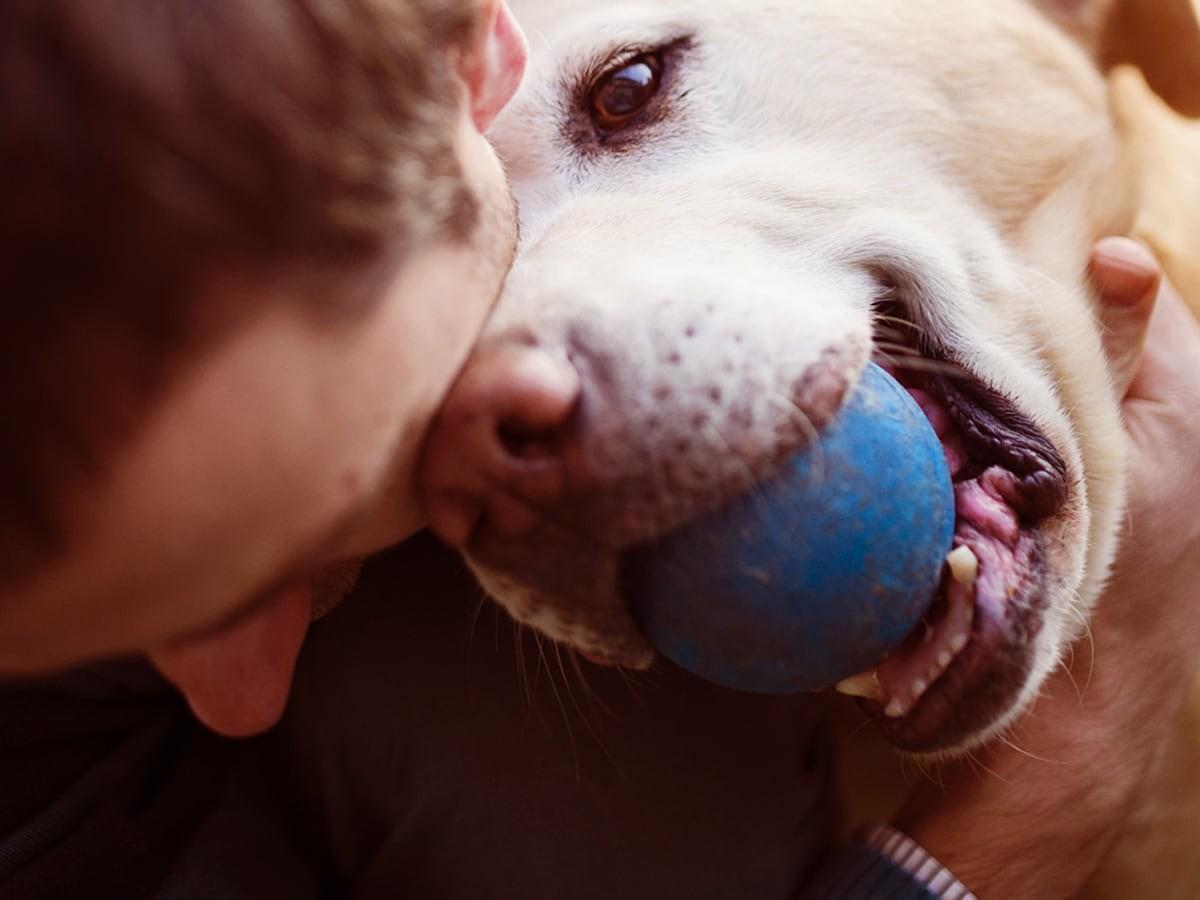The Basics Of Fostering A Dog Or Cat
Think you’re ready to foster a pet? Congratulations!
In this article, we’ll share what you can expect, how to prepare your home, and how to get in touch with a pet rescue league or shelter.
What does a pet foster parent do?
Yeah, what exactly is fostering, anyway?
Fostering means taking care of a pet in your home. You provide the pet with care for a specific amount of time until someone adopts the pet into a fur-ever home. At the very basic level, you give the pet affection, food, and exercise.
Responsibilities that come with fostering a pet:
Staying in constant communication with the shelter/rescue workers about the pet’s behavior.
Participating in obedience training or adoption events.
Evaluating potential adopters as to whether they “fit” the pet’s personality.
Transporting the animal to the veterinarian or on-site shelter vet as needed.
Ultimately, you provide pets with socialization opportunities and get to know their personalities. You provide a key part of helping pets find their forever homes.
How To Get Started Fostering A Pet
Take a look at the following steps to learn how to go from just thinking about fostering to offering your time and energy to this huge commitment.
Step 1: Get in contact with a shelter or rescue organization.
Contact your local shelter or rescue organization. Many organizations want you to stay as local as possible so it’s handy for the shelter – and for you.
Step 2: Shelters and rescue organizations will work to match your home with the right type of pet. New foster families won’t receive a “challenging” pet right away – they will ease you in with a more “laid-back” pet the first time around.
Step 3: Make sure you and the shelter are clear on the goals of fostering and the needs of the specific pet. You’ll need to have space in your home and the schedule to accommodate the pet’s needs, such as a toileting schedule. Ensure you have the right conditions (for example, if a dog can’t tolerate kids, a fostering situation wouldn’t make sense if you have twin two-year-old boys).
Ultimately, fostering helps another family find the right pet for their home.
Cost Of Fostering
As you might imagine, it’s not free to foster. Many organizations pay for the basics: a collar, leash, bowls, crate, and a litter box. You may wonder about paying for medical care. Remember that pet foster parents should not have to pay medical costs, from emergency care to spaying or neutering.
Take a look at these costs to make sure you can provide the financial support necessary to help pets in need. You can deduct expenses if you foster through a 501(c)3 nonprofit organization. It might also be worth asking the organization if they insure any of the pets with pet insurance, in case you need to take them to a vet at any point while in your care.
Food
In most cases, pet foster parents must buy pet food. Dog food, for example, costs between $20 to $60 per month, or $250 to $700 per year. You may spend on the higher end of the spectrum if you foster a larger dog who requires more food compared to a smaller dog. The amount you spend also depends on the quality of the food you buy.
“Fun” Stuff
Who can resist purchasing a squishy bed or new toys to play with for a new foster pet? You might want to spoil your pet and even splurge for doggie daycare if your new foster pet needs socialization – though note that some pets cannot tolerate being with other animals. Take the shelter’s guidance to heart when it comes to what a pet will and will not tolerate!
The bottom line: Don’t let a lack of financial resources stop you from fostering, because a shelter will provide you with a few resources. You can also check out these DIY pet toy ideas for free and easy playthings!
Prepare Your Home For A Foster Pet
Before you get started with fostering, take a look around you and even get down on all fours to see what could be dangerous for an animal. Pet-proofing needs to happen before you welcome a pet into your home.
Things like poisonous plants, too-small balls, string, wire, nails, electrical cords, chemicals can lurk everywhere. Look for:
Kitchens and bathrooms: Medications, cleaners, lotions, chemicals, contents of trash cans, left-open toilet lids
Living and family rooms: Lamp cords, kids’ toys, houseplants, aquariums, and cages for other small animals (like birds)
Garages: Chemicals, especially antifreeze
Bedrooms: Cosmetics, accessible items on bedside tables, lamp cords
Yard: Holes in the fence, dangerous yard equipment
Ready To Foster A Pet?
As a foster parent, you really do commit your time and energy to an animal in need and provide a foster pet a safe, caring environment in which to live. You treat your foster pet almost as the pet was your own.
For that, you’ve earned a very well-deserved high-five.
Want To Adopt Your Foster Pet?
Some foster organizations may have programs in place that allow interested fosters to apply to adopt their foster pet. This may not be the case with every foster program, however, so do your research to find out if this may be an option for you.
Most foster organizations will look to see if the foster is a good match for the foster pet’s personality and needs, and will likely depend on if there are any interested adopters at the given time.
You may want to prepare for future expenses of potentially adopting your foster pet, like purchasing a cat insurance or dog insurance plan, setting up regular vet appointments, potential training classes, etc.
Have more questions about pet care, training, breeds, or pets? Find more at Spot Pet Insurance’s blogbowl.
